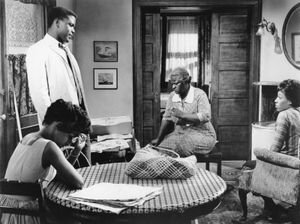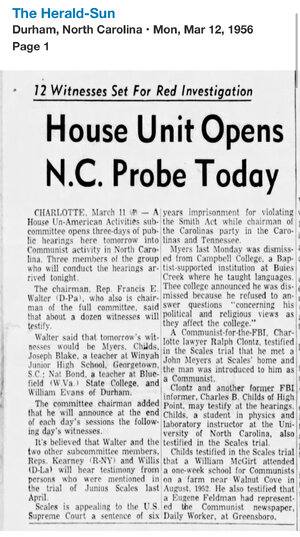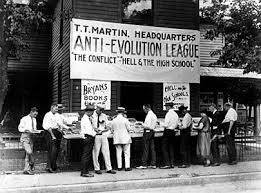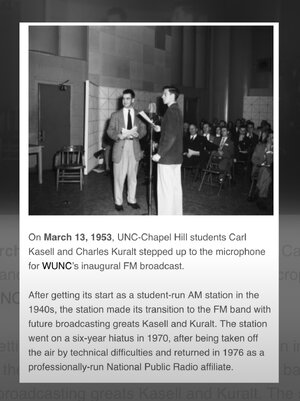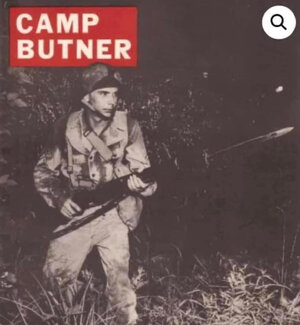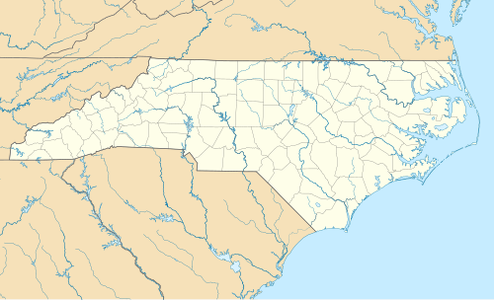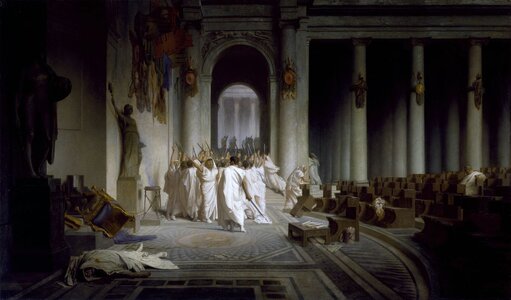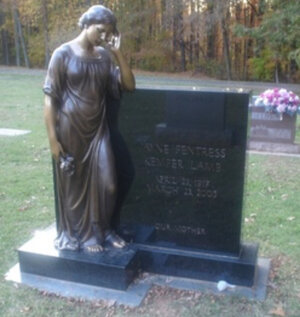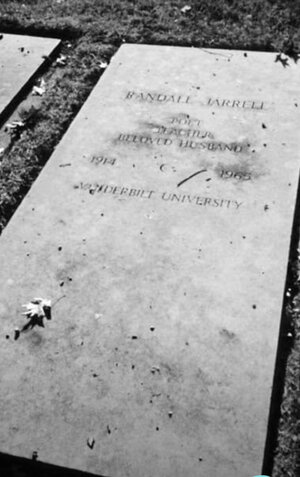This is an #OTD for March 13, 1971. I’m posting it here because I very much appreciate the folks who visit this thread.
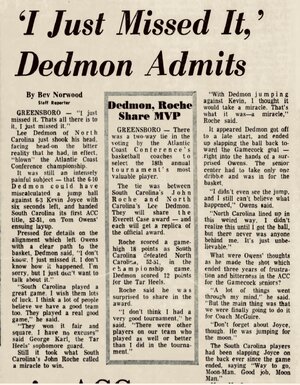
There have been some crushing Down moments - that’s what happens when you truly care. The Highs can also be incredibly, well, high, too. “Sportsball” isn’t everyone’s ’cup of tea’ - as an academic of that I am acutely aware. Once after in the aftermath of a huge Carolina victory and the subsequent “Taking of Franklin Street” I was at a campus lecture. The subject has been long forgotten but an exchange that I overheard there will be with me forever. A “sportsball-hater,” strident and feeling confident in their stance commented with unmistakable disdain to a well-known faculty leftist’ “I can’t believe all the commotion in the streets after that ballgame the other night.” Expecting confirmation from the professor the young scholar looked expectantly, sneaking a sideways glance at me, also well-known as a “sportsball-lover.” To my eternal gratitude lefty Prof replied: “It was a great win. To see such joy and solidarity in people lifts my heart.”
This past ACC semifinal loss to Duke was a Giant Down in the Great Cycle of Joy and Solidarity. It’ll make the next Great High better. My first memory in that Ever-Lasting Roundabout came almost exactly 54 years ago - March 13, 1971 was the night that 6-3 South Carolina Gamecock Kevin Joyce went up against 6-10 Tar Heel Lee Dedmon in a jumpball with 3.5 seconds - Dedmon “missed it” and in a moment the exactness of which remains in dispute the enemy Tom Owens grabbed the tipped ball and scored a lay up - sending USC to the NCAA tournament and UNC home in defeat.
Despite averaging 12 points and 8 rebounds per game on a 26–6 (11–3 ACC) squad - one that took the championship of the consolation National Invitational Tournament - Dedmon has forever been remembered by all but the most understanding of The Faithful as the guy who lost the ACC Tournament to the hateful Gamecocks. And believe me, the enmity felt for South Carolina in those days in North Carolina arenas, dens, and taverns - even places of worship - eclipsed anything felt today between Blue, Red, or Black and Gold fanbases.
Dedmon’s Coach, Dean Smith, stood beside him as did his teammates - indeed, they pulled together and played their way to that NIT Crown - and I know at least one fan, albeit only 12 years old, who did forgive and forget, and remembers that season and that team for so much more. Steve Previs, George Karl, Bill Chamberlain, Dennis Wuycik, and Lee Dedmon. Evidence might be that there is nary a pause nor a hesitation as those names from 50 plus years past spill forth with ease. Indeed, Dave Chadwick, Donn Johnston, Kim Huband, Craig Corson, and Bill Chambers come to mind pretty easily as well. That crew of Tar Heels were my undisputed heroes in the rural, small-town, #DeepChatham County world. And so they remain as do all those young men who have donned the Sky Blue and sweated and bled for Carolina.
They’re my team every year through thick and thin. Ups and Downs, Highs and Lows. As for mistakes, a great philosopher once said…”recognize it, admit it, learn from it, forget it.”
